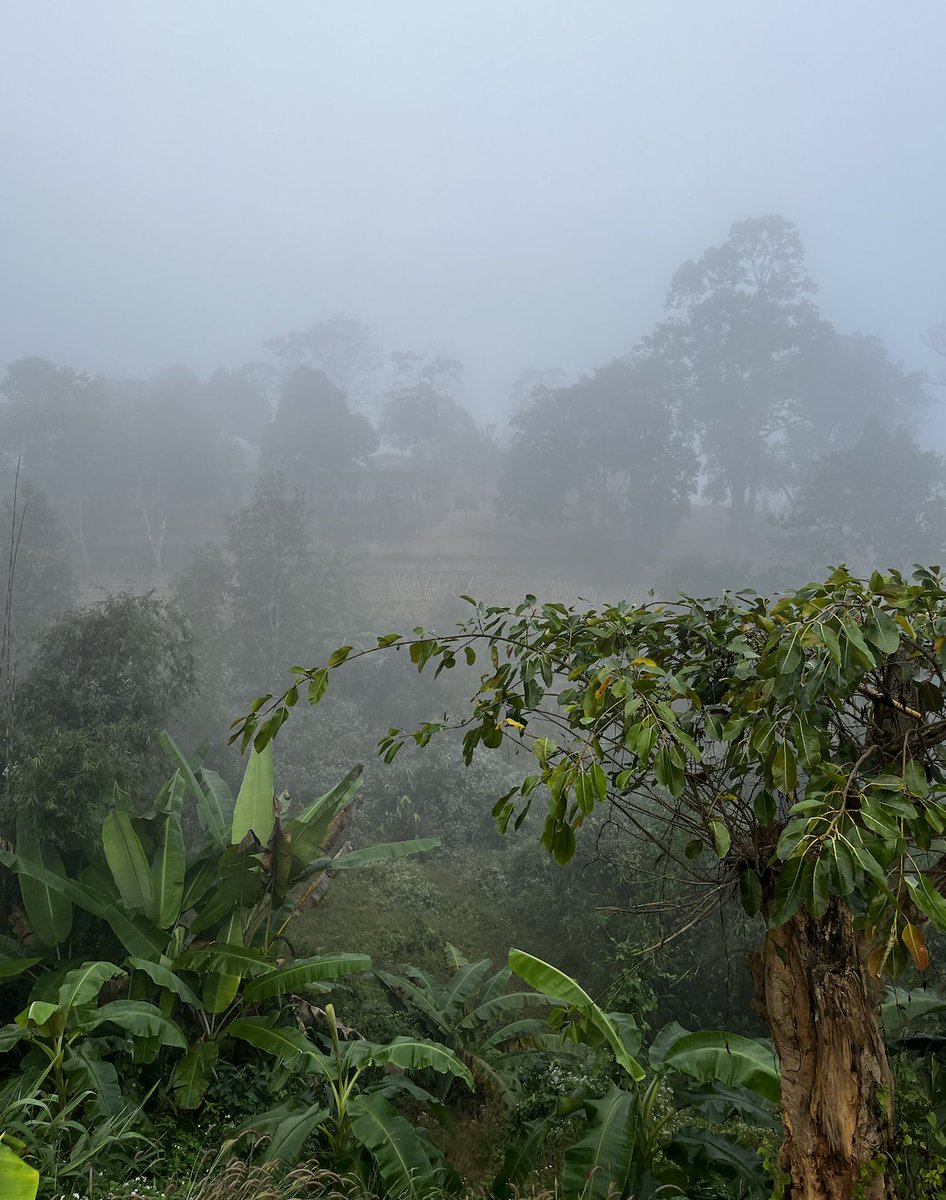
I've recently finished my internship with Care International in Thailand! The aim of the project was to understand the specific needs of women who inject drugs, and how to improve drug harm reduction services for them. A 🧵
#harmreduction
#harmreduction
My research was based on literature reviews and semi-structured interviews. I travelled to the northern border of Thailand with Myanmar, to speak to women in Lahu hill tribes, the central Bangkok region, and the border with Malaysia to interview Southern Thai muslim women 





The program of drug harm reduction wasn't attracting women, and we wanted to understand what needed to change. The first step: Asking women what they want. The women we interviewed were very vocal, and had plenty of suggestions. They simply had never been consulted.
What women wanted varied by region. In the northern mountainous regions, drop in centres and hospitals are too far and costly to get to, so mobile centres and peer-peer outreach was important. Many didn't have Thai ID cards, which made accessing government supplied methadone hard 

In the south, it was particularly important for women to be discreet in their drug use. The main issue was the bag of products provided (clean needles, syringe, condom etc) was too 'medicalised' and embarrassing. They wanted nicer storage bags. They want to design them themselves
This is an example of Khun Kik and I interviewing a woman in the north. On the right is Aemeepoy who translated from Thai to Lahu. The photo was taken with informed consent from the interviewee to show her face, but photos I post online will not show interviewees faces. 

Contents of the drug harm reduction kit bags provided must be tailored by region and demand, and there has to be consistent feedback systems to ask women if there is anything they need that is lacking.
In central Bangkok, women were keen for the addition of female condoms to the bags, which allow the women control over an effective barrier method in preventing STIs, unintended pregnancies and HIV transmission. 

In the north, women really needed signposting and linkages to economic aid services. Many did not have a permanent home, sufficient food or money for electricity.
Every site reported the need for more female outreach workers. Many women have histories of trauma and abuse, and do not feel comfortable meeting male outreach workers. They also highlighted the need for drop in centres to have women only spaces.
Also mentioned was the need for child supervision while mothers were given education on drug use. An area their children could play safely. #drugharmreduction
Access to care for women who inject drugs is a challenge, as there are many places to visit (hospitals, gynaecologists, therapy). The one stop shop model is useful, as it not only improves the efficiency of services but also reduces the time and £ cost of going to many locations. 

Women also wanted specific gender based education. They had questions about the impact of drug/methadone use on their menstrual cycles, pregnancy, contraceptive use and breastfeeding. 

Service gaps also varied by region. Women in the north wanted more education on making low budget, nutritional meals, as many were concerned for their health as they cannot easily access healthcare, so want to eat well. Pictured is friend sticky rice balls and condensed milk. 

In the south, women were concerned with negotiating condom use with partners, and some mentioned the potential of self defence classes. Women in all regions wanted to know how to access seed money, and negotiation skills. As they use drugs, they feel people take advantage of them 

Women who use drugs face unique challenges and barriers to accessing harm reduction services and are disproportionately affected by negative consequences of drug use, including HIV, hepatitis C, and other infections, as well as mental health issues and social marginalisation.
A gender neutral lens just doesn't cut it. Gender specific harm reduction programs and services, as well as addressing the specific barriers and discrimination faced by women who use drugs are needed if we are to be serious about improving women's access to harm reduction. 

It was hard at times, I was far away and talking about difficult topics. I am so grateful to my welcoming colleagues, & the women we interviewed, for their time & openness. I hope my work contributes in a small way to those striving to close the gender gap in drug harm reduction.
@threadreaderapp
please unroll
please unroll
• • •
Missing some Tweet in this thread? You can try to
force a refresh






